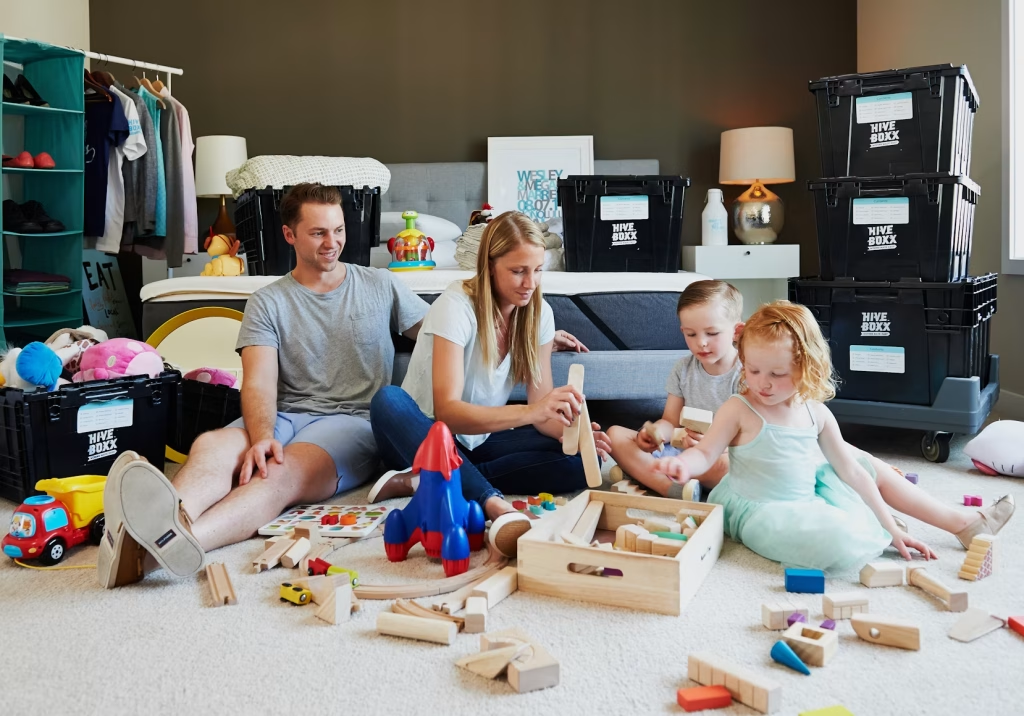
If you’ve ever browsed parenting forums or scrolled through social media, you’ve probably stumbled on heated debates around gentle parenting. Some critics label it as permissive, suggesting parents are simply saying “yes” to everything and refusing to discipline. But if you’ve practiced or researched gentle parenting, you know that couldn’t be more off-base. It’s not about being a doormat—it’s about raising children who are emotionally healthy through empathy, consistent boundaries, and mutual respect.
Below, let’s explore what gentle parenting really is—and why the notion that it’s “letting kids do whatever they want” just doesn’t hold up.
Gentle Parenting Is About Empathy and Respect—Not Chaos
At the core of gentle parenting are the values of empathy, connection, and respectful guidance. It means validating your child’s emotions while guiding their behavior in thoughtful ways. You’re not ignoring tantrums; you’re engaging with them constructively. It’s less about avoiding discipline and more about rethinking what discipline looks like.
According to resources from Choosing Therapy, gentle parenting helps establish healthier communication, favoring calm problem-solving instead of yelling or punishing. Empathy, patience, and understanding anchor the approach, providing a foundation that’s anything but chaotic.
Boundaries Are Key—Not an Afterthought
One of the biggest misconceptions about gentle parenting is that it lacks boundaries. The reality? Healthy boundaries are at the heart of this approach. While parents do validate feelings, they also maintain clear limits. You might calmly say, “It’s okay to be upset, but it’s not okay to hit.” Kids quickly learn there’s a structure in place, even if it’s enforced kindly. Boundaries set with empathy—and consistent follow-through—help children internalize why certain behaviors aren’t okay.
Discipline Doesn’t Disappear—It Evolves
Discipline in gentle parenting doesn’t vanish; rather, it shifts form.
Instead of doling out harsh punishments or tangible rewards, you explore your child’s perspective, discuss consequences, and focus on teaching, not punishing. For example, if your child snatches a toy from a sibling, you might walk them through how that action made their sibling feel, then guide them in making amends.
If you’re curious about how a no-yell approach can still hold kids accountable, consider Parent Data’s exploration of gentle parenting approaches. It shows that gentle parenting fosters understanding and respect, ultimately leading to improved cooperation without bribes or threats.
Kids Don’t “Get Their Way”—But They Get a Say
The nuance lies here: gentle parenting encourages internal motivation. Instead of mindless compliance out of fear of punishment, children learn to make good choices because they grasp the reasoning behind them. That doesn’t mean they run the show—it means they have a voice. When they’re upset, you hear them out. When it’s time to decide something that affects them, you consider their perspective. This is different from letting them do whatever they want; it’s about granting them agency within a stable, loving environment.
There’s Flexibility—Not a Free-For-All
Gentle parenting, like any parenting style, exists on a spectrum. Some situations require more parent-led structure, while others leave space for child-led exploration. This flexibility isn’t code for “no rules.” Rather, it’s the art of balancing compassion with firm boundaries. Yes, it appears calm, but behind that calm exterior is a caregiver actively regulating their emotions and thoughtfully guiding a child through big feelings. That emotional labor can feel anything but laid-back.
Why the Approach Is So Misunderstood
It’s easy to see a meltdown handled softly and think, “That kid’s getting away with murder.” But gentle parenting only looks easy if you’re not the one doing the hard emotional work of staying composed. Social media tends to show highlights, not the in-depth process of empathizing, setting limits, and following through calmly. This can lead to snap judgments—missing the real complexity behind every seemingly “effortless” moment of calm redirection.

Tips for Trying Gentle Parenting in Your Home
If you’re interested in gentle parenting, don’t feel pressure to transform everything overnight. Start with small steps:
- Stay Composed: During the next tantrum, practice taking a deep breath before responding.
- Validate Feelings: Acknowledge, “It looks like you’re really upset,” to help them feel heard.
- Set Limits Clearly: Explain why a behavior isn’t acceptable. Show that rules exist, but love and empathy do, too.
- Offer Choices: Give limited, parent-approved options so kids learn to decide within boundaries.
Over time, you’ll see how empathy and kindness actually facilitate better discipline, not less.
It’s Not About Control—It’s About Connection
Gentle parenting isn’t about letting kids do as they please; it’s about nurturing kids who understand themselves and others, and who choose to do the right thing for reasons deeper than avoiding punishment. If anything, this approach requires more skill and effort.
Balancing compassion with structure is tough work, but it sets the stage for emotional intelligence that lasts a lifetime. You might trade quick obedience for lasting cooperation—and that’s a worthwhile deal.
Have you tried gentle parenting or know someone who has? Let us know how it’s shaped your family dynamic in the comments below. Your experiences could inspire others to rethink what “discipline” can look like in a loving home.
Read More
- 10 Creative Discipline Techniques That Don’t Involve Time-Outs or Punishments
- How to Handle Your Child’s Big Emotions Without Yelling

Samantha Warren is a holistic marketing strategist with 8+ years of experience partnering with startups, Fortune 500 companies, and everything in between. With an entrepreneurial mindset, she excels at shaping brand narratives through data-driven, creative content. When she’s not working, Samantha loves to travel and draws inspiration from her trips to Thailand, Spain, Costa Rica, and beyond.
Leave a Reply